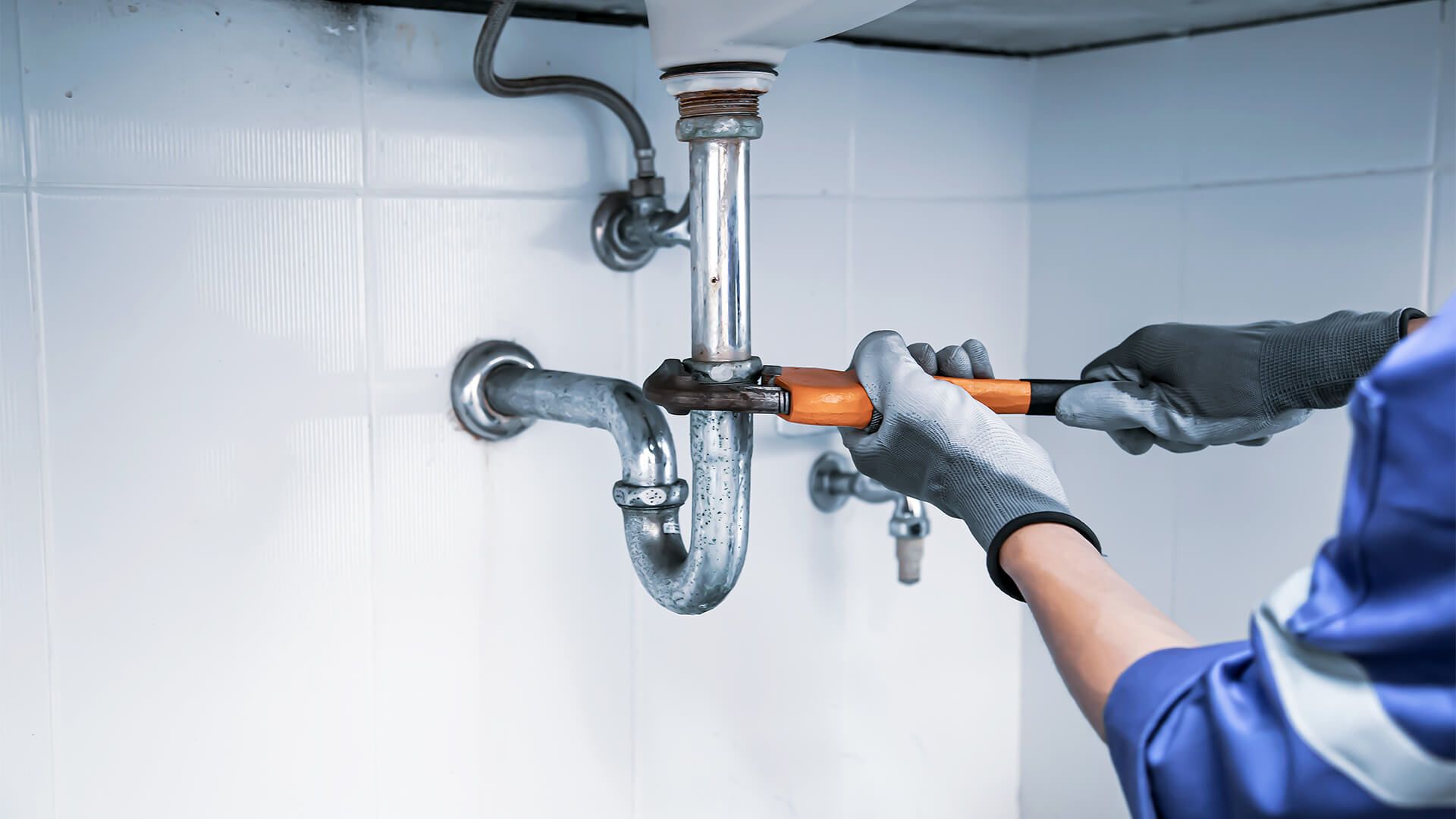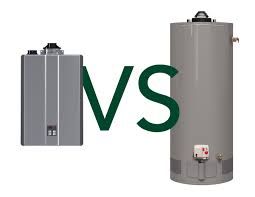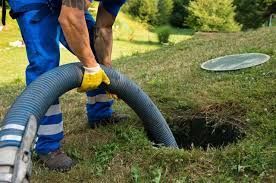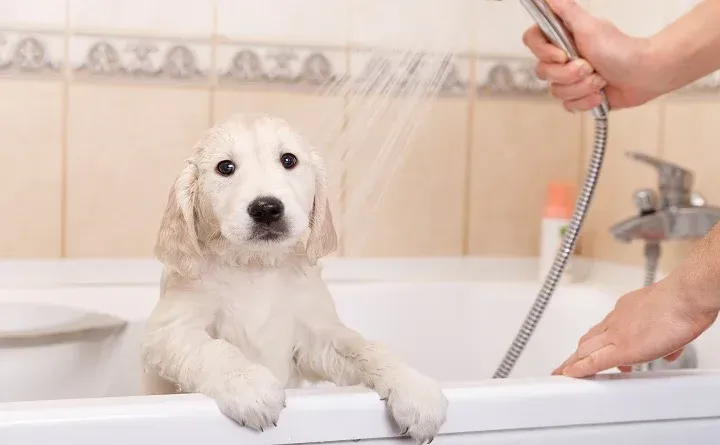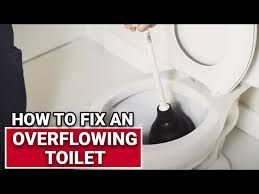How to Prevent Sewer Line Damage
Sewer line damage is one of the most frustrating and costly problems a homeowner can face. A damaged sewer line can lead to slow drainage, unpleasant odors, and even severe water damage. The good news is that many of these issues can be avoided with preventive measures and proper maintenance. Understanding the common causes of sewer line damage and how to prevent them can save you from expensive repairs and unnecessary stress. Here’s a detailed guide to help you keep your sewer line in excellent condition.
"The Benefits of Trenchless Sewer Line Replacement"
Regular Maintenance: The Key to Longevity
Routine maintenance is one of the most effective ways to prevent sewer line damage. Just like any other system in your home, your sewer line requires attention to ensure it continues to function properly. Hiring a professional plumber to inspect your sewer line annually can help identify potential issues early on. During these inspections, plumbers use advanced tools such as cameras to detect cracks, blockages, or weak spots in the pipe.
Maintenance also includes cleaning the sewer line periodically to remove debris, grease, or tree roots that might cause blockages. By staying proactive, you can address small issues before they escalate into major problems.
Be Mindful of What Goes Down the Drain
One of the leading causes of sewer line damage is improper use of drains. Many people unknowingly dispose of items that should never go down the drain, including grease, oils, coffee grounds, and non-biodegradable materials like wipes or sanitary products. These substances can build up over time, leading to clogs that strain the sewer line and eventually cause damage.
To prevent this, always dispose of these items in the trash rather than the sink or toilet. Additionally, installing drain screens in your sinks and tubs can catch hair and debris, preventing them from entering the pipes. Educating everyone in your household about proper drain usage can go a long way in protecting your sewer line.
Address Tree Root Intrusion
Tree roots are a significant threat to sewer lines, especially in older homes with clay or cast-iron pipes. Trees naturally seek out water sources, and your sewer line provides an ideal environment for roots to thrive. Over time, these roots can penetrate the pipe walls, causing blockages and structural damage.
To prevent tree root intrusion, avoid planting trees and shrubs with aggressive root systems near your sewer line. If you’re unsure where your sewer line is located, contact a plumber or local utility service to identify its path. For existing trees near the sewer line, consider root barriers or professional root removal services to protect the pipes.
Monitor Water Pressure
High water pressure might seem like a good thing, but it can actually harm your plumbing system, including your sewer line. Excessive pressure places strain on pipes, increasing the risk of cracks or leaks over time.
Installing a pressure regulator is an effective way to monitor and control the water pressure in your home. The ideal water pressure for most homes is between 40 and 60 pounds per square inch (psi). If your water pressure exceeds this range, a plumber can adjust it to prevent damage to your plumbing system.
Replace Aging Pipes
Older sewer lines, particularly those made of clay, cast iron, or Orangeburg material, are more prone to damage due to their limited lifespan. Over time, these materials weaken, making them susceptible to cracks, collapses, and root intrusion.
If your home has an older sewer line, it’s worth considering a replacement with modern materials like PVC, which are more durable and resistant to common issues. Replacing an aging sewer line might seem like a significant investment, but it’s a proactive measure that can prevent costly repairs in the future.
Protect Pipes During Construction
If you’re planning any construction or landscaping projects on your property, take precautions to protect your sewer line. Heavy machinery, digging, or improper planning can damage underground pipes. Before beginning any work, have your sewer line marked to avoid accidental damage.
Communicating with contractors about the location of your sewer line and ensuring they take the necessary precautions can help you avoid expensive repairs caused by construction-related accidents.
Use Sewer-Friendly Landscaping
Your landscaping choices can significantly impact the health of your sewer line. In addition to avoiding trees with aggressive roots, consider using shrubs, grass, or plants with shallow root systems near sewer lines. These options are less likely to penetrate underground pipes, reducing the risk of root intrusion.
Moreover, grading your yard properly to prevent water pooling near the foundation and sewer line can reduce the likelihood of soil erosion or pipe shifting, which can lead to damage.
Avoid Chemical Drain Cleaners
When faced with a clogged drain, it’s tempting to reach for chemical drain cleaners as a quick fix. However, these products can do more harm than good. The harsh chemicals in these cleaners can corrode pipes over time, weakening them and increasing the risk of leaks or cracks.
Instead, opt for safer alternatives like a plunger, plumbing snake, or professional drain cleaning services. If you frequently experience clogs, it may indicate a larger issue that needs professional attention.
Prepare for Seasonal Changes
Extreme weather conditions can take a toll on your sewer line. In winter, freezing temperatures can cause pipes to crack or burst, while heavy rains in spring can lead to soil shifting and increased pressure on the sewer line.
To prepare for winter, insulate exposed pipes and ensure that outdoor drains are clear of debris to prevent freezing. For rainy seasons, make sure your yard has proper drainage to avoid water pooling near the sewer line.
Educate Yourself About Warning Signs
Knowing the warning signs of potential sewer line damage can help you take swift action before the problem worsens. Common indicators include slow drainage, gurgling noises from drains, foul odors, and patches of lush grass in your yard (a sign of a leaking sewer line).
If you notice any of these signs, contact a professional plumber immediately. Early detection and intervention can save you from extensive damage and costly repairs.
Conclusion: Protecting Your Sewer Line for the Long Term
Preventing sewer line damage is all about taking proactive measures and being mindful of your plumbing system’s needs. From routine maintenance and proper drain usage to addressing tree root intrusion and replacing aging pipes, each step you take contributes to the long-term health of your sewer line.
By investing time and effort in prevention, you can avoid the inconvenience and expense of sewer line repairs, ensuring a smooth and trouble-free plumbing system for years to come. When in doubt, always consult a professional plumber to help maintain and protect this essential part of your home.

